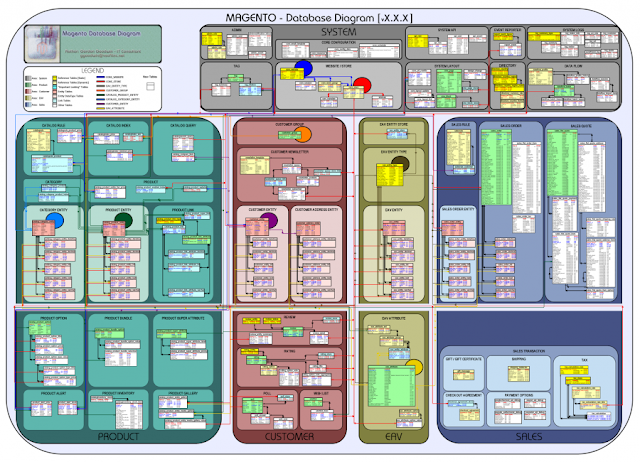Step 1: Download the latest stable Magento package from:
http://www.magentocommerce.com/download.
Step 2: Upload the package on your hosting account through your cPanel -> File Manager or using an FTP client.
There are 2 options where you can place the Magento download file:
Either under the public_html folder, which is the main one for your web site content. Then your web site will be accessible directly through your domain.
Or under a subfolder, for example if your domain name is called yourdomainname.com and you decide to install the script in the public_html/magento folder, you will open the web site at: http://yourdomainname.com/magento.
Once you upload the package, you can extract it through your cPanel -> File Manager. Using the same tool, please change the file permissions for the Magento files to 755.
Step 3: Create a MySQL database and assign a user to it through cPanel -> MySQL Databases. Remember the database details, since you will need them during the script installation.
The MySQL database is created with your username as prefix - username_databasename, and this is the name you have to use for your application.
Step 4: In our example we will install Magento in the public_html/magento folder. Once the package is uploaded and extracted and you have a MySQL database, navigate to http://yourdomainname.com/magento:

Click on the check box next to "I agree to the above terms and conditions" and click on the Continue button.
Step 5: Choose the preferred Time Zone, Locale and Currency:

Click on the Continue button.
Step 6: Enter the database details: Database Name, User Name and User Password. You can leave the other options intact.
Click on the check box next to "Skip Base URL validation before next step".

Click on the Continue button.
Step 7: At this point you should enter the personal information and the admin login details which you want to use. You can leave the Encryption Key field empty and the script will generate one for you.

Click on the Continue button.
Step 8: Write down your encryption key; it will be used by Magento to encrypt passwords, credit cards and other confidential information.

Well done! Your Magento installation was successfully completed. Now you can navigate to its Frontend or Backend.






 Share this on Facebook
Share this on Facebook Tweet this
Tweet this
0 comments:
Post a Comment